“Langa is the Italian Burgundy: the potential of this terroir is what the world should know”.
Company History
The son of a vine grower and grandchild of a bottler (maternal grandfather), Sergio Germano developed the desire to create a complete wine company, to grow its own grapevines and produce its own wine. In 1985, as soon as he finished his studies, Sergio started working for the family company in Serralunga and, together with his father Ettore, planted the first Chardonnay grapevine. He also made a system to bottle immediately from 3,000 to 5,000 bottles (among which about a thousand of Chardonnay): «these were the years of the great “revolution”, when many vine growers started to make wine on their own» Sergio explains.
Since his oenology studies, Sergio Germano has been fascinated by the production process of white wines, a passion he inherited from the father, a very inquiring man, who loved experimenting, as Sergio himself describes him. A great amount of travelling in Europe allowed him to discover Riesling and so Sergio decided to start his first experiment with a 300 plant vineyard in Serralunga, «almost as a bet», as he likes to tell… Few years later, the great occasion arrived: while he was producing Dolcetto wine in the Dogliani area, after a friendly chat, he was proposed to plant some white grapevines in that area. And so, for this reason, today, the company Ettore Germano, managed by Sergio Germano and his wife Elena together with their children Elia and Maria, has, beside the 10 hectares of land covered with vineyards in Serralunga, also 10 hectares in the municipality of Cigliè, in Alta Langa. Sergio and Elena work on the growing of the vineyards, the wine making, and the selling of the wine, by keeping the family tradition untouched.
The Wines
In Cigliè, the company exclusively produces white wines and sparkling wines. On the contrary, in Serralunga, the production exclusively involves red berry varieties used to produce Dolcetto d’Alba DOC, Barbera d’Alba DOC, Langhe DOC Nebbiolo e Barolo DOCG. The choice of the vineyard derives from very precise rules: Barolo, for example, starts to be produced in a vineyard only 15 years after the Nebbiolo grapevine has been growing, by using a traditional method of production, which includes a long maceration (at least 20 days). Three Barolo selections are the flagship of the company: Prapò and Cerretta, coming from 40-year old vineyards, and Lazzarito, produced in a vineyard which is over 80 years old.
The Bond with Langhe
Ettore Germano is certainly the person who, more than anyone else, has influenced Sergio’s path: «At school, I learnt the theory, but then my father passed to me the passion to properly work in the vineyard, keeping the grapevines in good health and avoiding the use of pesticides: the respect for our territory comes first of all; this territory is generous, everything can grow well, but it must be protected and defended, by protecting the biodiversity and without producing in a massive way».
From Sergio Germano’s words it is easy to understand how strong is the bond that he has with Langhe: «As Carlo Petrini, a man who did a lot for these lands, said, “Langa is the Italian Burgundy” and I think what we should tell the world, besides how great Barolo is, is the great potential of this terroir, all of it, including the areas of the Alta Langa, which provide an added value: it is for this reason that I decided to take up this challenge by producing white wines. Moreover, there is not only the wine, the value of Langhe is also given by the entire experience one can live here, thanks to the landscapes, the monuments, the wine and the food. Here the tourism is very careful: only those who really want to know, decide to come here getting the maximum benefit from what nature has to offer».
The Cellar
It is possible to visit the cellar all year round, preferably after booking. The tour includes a tasting and, if the conditions allow it, a stroll in the vineyards.

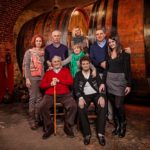
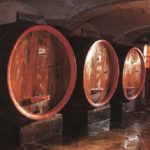
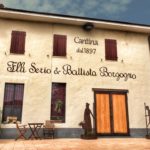
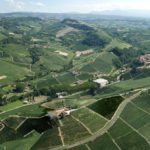
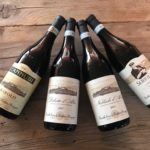
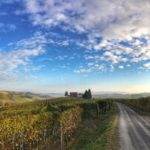
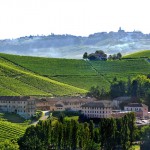
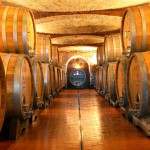
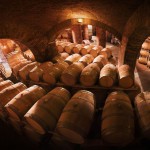
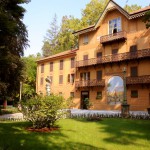
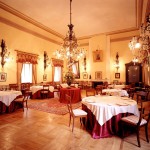
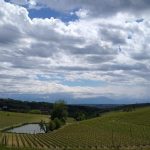
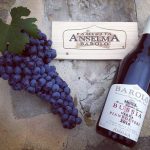
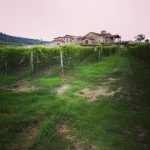
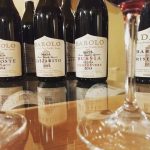
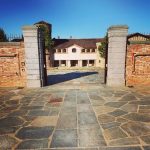
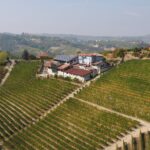
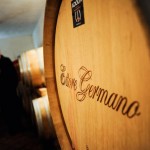
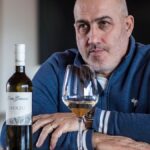
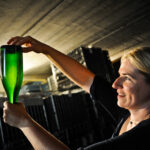
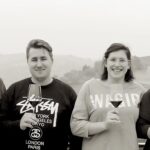
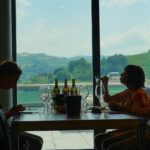
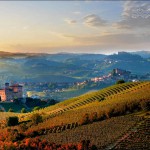
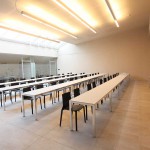
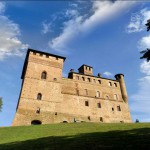
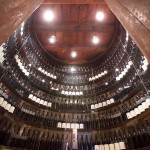
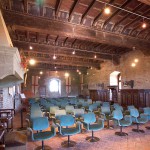
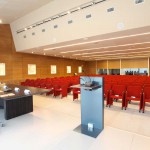
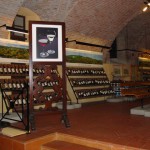
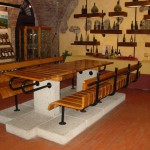
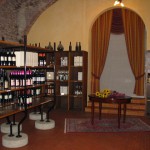
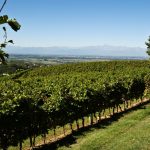
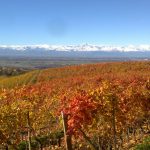
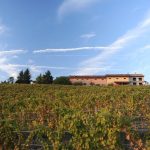
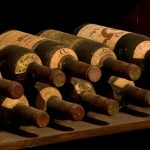
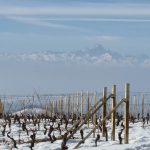
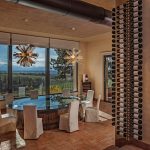
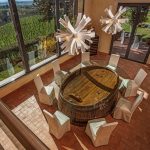
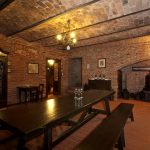
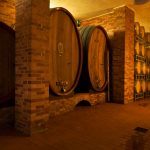
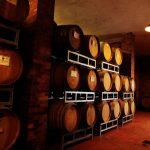
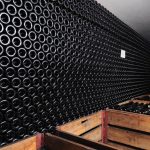
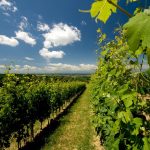
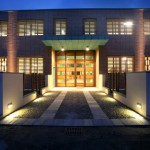
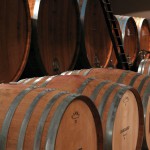
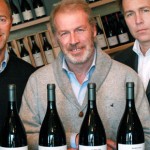
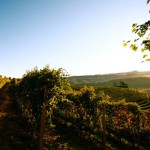
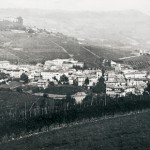
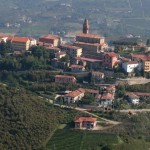
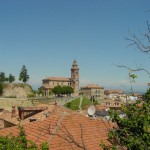
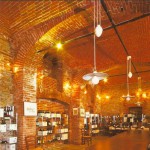
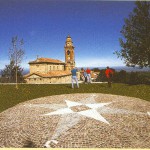
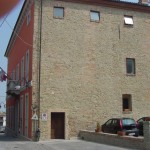





Recent Comments